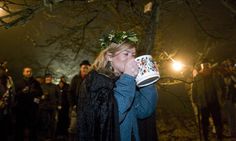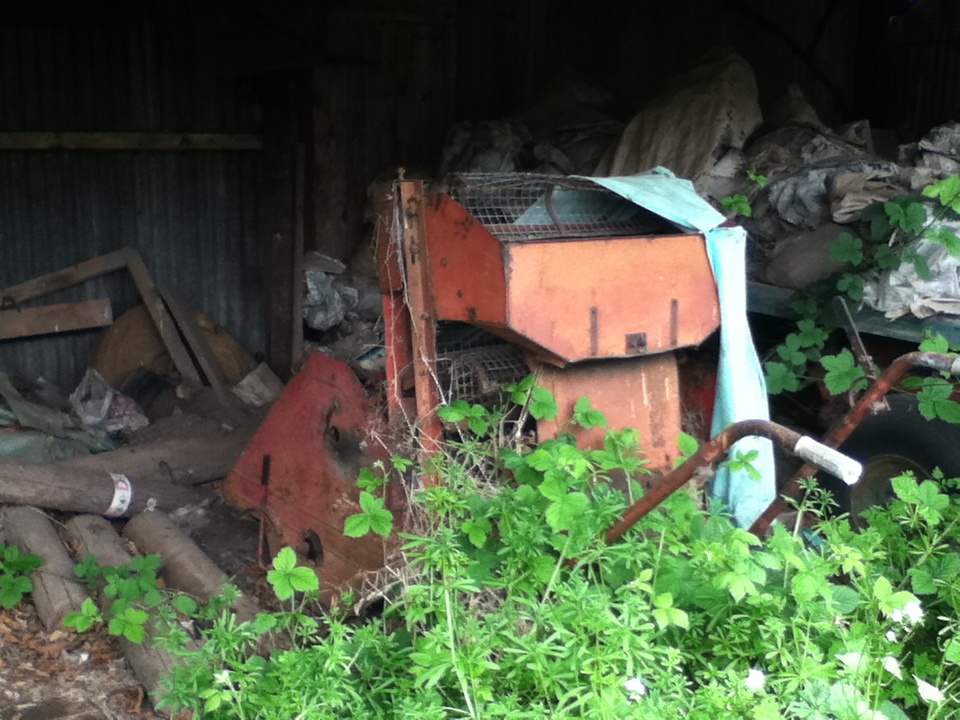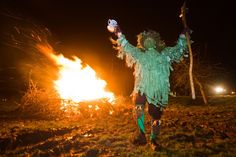TCTOP – Orchard Heritage
Our landscape heritage
Traditional orchards have been part of our Three Counties landscape for hundreds of years.
Whilst the trees may have been replaced the orchards have stayed in the same spot for centuries. They were planted to suit local soils and climate and to meet local needs, and so they reflect the areas they grow in. We learned that they and their fruits are tied up with local customs, recipes, songs and stories.
Although the orchards are long gone, their ghosts remain
In investigating the landscape, we found streets called Cherry Orchard in all Three Counties: in Pershore, Bromsgrove, Tewkesbury, Tillington, Cheltenham… We found a Pearmain Avenue in Worcester and discovered that the Pitmaston Pear is named after the parish.
One of our Hereford volunteers tracked down some of these early orchards in The Changing Face of Rural Ross.
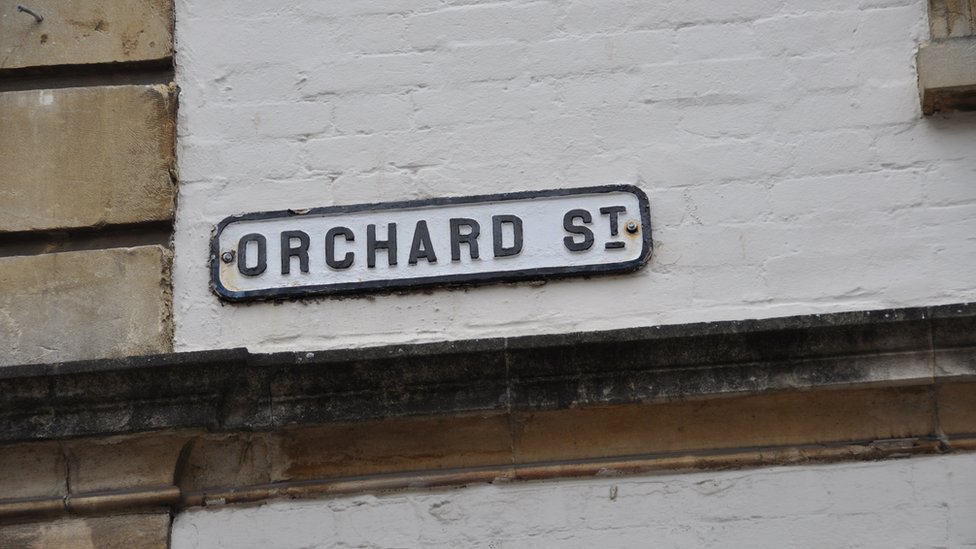
Walks and explorations
Our traditional orchards have affected not only their landscape but also our social history.
We felt that if we could encourage people to value their past, they would feel motivated to help us make sure the orchards will still be around in the future.
Our volunteers have joined us on our orchard history discovery walks and dug for clues in the local archive offices. We even carried out a little bit of archaeological research, testing soil cores for pollen to see how old one of our orchards might be.
Paul Hudson and Rob Hedge from Worcestershire Archives & Archaeology Service led us on some excellent orchard walks in Suckley and the Teme Valley. Here is the route of an orchard walk from the old railway station at Newnham Bridge through the orchards of Bickley.
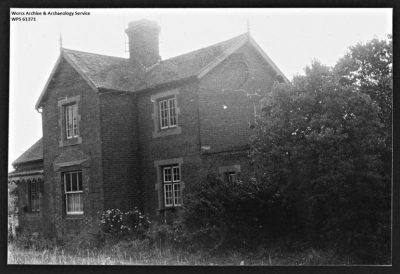
Learning from the locals
We were lucky to meet with some inspiring people who have spent their lives working in and protecting our traditional orchards.
Wade Muggleton interviewed the Cidermen of Rochford, a splendid group of gentlemen from the Teme Valley. He asked them about their memories of working in the orchards, and of the origins of the fruits they grew. He included many of their stories in his book, The Apples and Orchards of Worcestershire.
In Herefordshire, members of the Bulmer family introduced us to some of their old orchards and showed us the machinery they used to use. Locals more used to the slow pace of a horse-powered mill were astonished at the introduction of mechanised apple crushers from France! Not only did they speed up the process of cider making, they also did away with the need for so many labourers in the orchards.
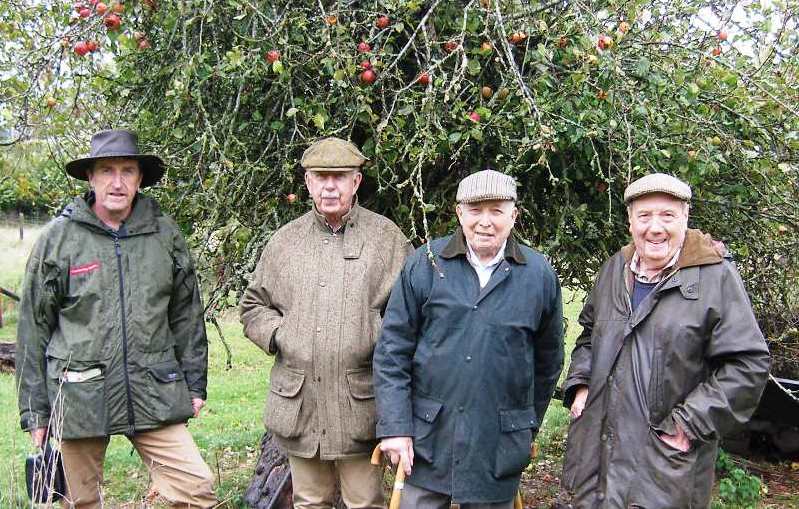
“In 1964, the stationmaster at Newnham Bridge described to a journalist the sending of tons of fruit by train, including 8,000 boxes of apples a year from just one grower. The railway was also used by hundreds of Black Country hop pickers who travelled to the Teme Valley on working holidays each year.”
Extract from ‘At Newnham Bridge station, the trains are long gone now’, Worcester News, 30th October 2005
Reviving heritage traditions
We’re pleased to report that several of the TCTOP project groups have celebrated their orchards by wassailing and have established ‘new’ traditions, from apple days to orchard walks.
You can find out more about the Wassail traditions here and learn how Breinton and Colwall villagers have revived the festivities in their orchards!
